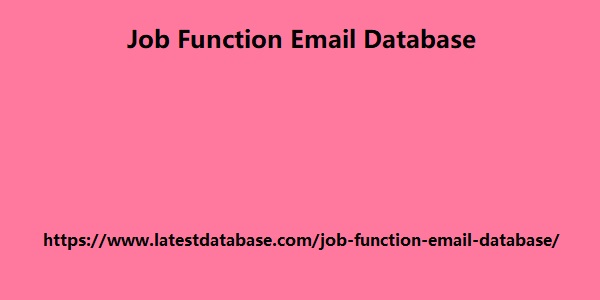Post by account_disabled on Feb 20, 2024 3:15:20 GMT -7
We'll send you a myFT Daily Digest email with the latest news from the Federal Reserve every morning. For months, Jay Powell has tried to dash hopes that the Federal Reserve will make an abrupt U-turn as it reaches the apex of its historic rate-hiking campaign. On Wednesday, the head of the US central bank stressed this point at a press conference after the Federal Reserve decided to keep its benchmark rate stable at a 22-year high. His comments, backed by a new set of economic projections, sent a clear message: Any relief from high borrowing costs will be neither quick nor generous. The projections, which also include a 'dot plot' of individual interest rate estimates, showed that after one more increase this year (raising the federal funds rate to betweenpercent and 5.75 percent) most officials see a much slower path of rate rises.
Even though the Federal Reserve maintained a tight monetary policy, they predicted that economic growth would remain relatively strong and that the unemployment rate would not Job Function Email Database increase materially. Forecasts showed policymakers tightening their commitment to a “higher for longer” approach to interest rates. The median estimate of the Federal Reserve's 19 policymakers is that the bank's benchmark rate will fall to just between 5 and 5.25 percent next year. That was significantly higher than the percent to 4.75 percent they noted when the dot chart was last updated in June. By 2026, it is still forecast to be between percent and 3 percent.

You are viewing a snapshot of an interactive chart. This is most likely because you are not logged in or JavaScript is disabled in your browser. "What they are saying is that if there is stronger growth this year and next year, it increases the risk that core inflation will not come down as much as they hope and expect," said Daleep Singh, a former New York Federal Reserve official. York who is now global chief economist at PGIM Fixed Income. "Therefore, there is a possible need to keep nominal interest rates somewhat higher than they had previously forecast," he added. Economists generally find the “higher for longer” position plausible. But they are less convinced by Powell's warning that the Fed could implement another quarter-point rate hike this year as he investigates a monetary policy setting that is "sufficiently restrictive." You are viewing a snapshot of an interactive chart.
Even though the Federal Reserve maintained a tight monetary policy, they predicted that economic growth would remain relatively strong and that the unemployment rate would not Job Function Email Database increase materially. Forecasts showed policymakers tightening their commitment to a “higher for longer” approach to interest rates. The median estimate of the Federal Reserve's 19 policymakers is that the bank's benchmark rate will fall to just between 5 and 5.25 percent next year. That was significantly higher than the percent to 4.75 percent they noted when the dot chart was last updated in June. By 2026, it is still forecast to be between percent and 3 percent.

You are viewing a snapshot of an interactive chart. This is most likely because you are not logged in or JavaScript is disabled in your browser. "What they are saying is that if there is stronger growth this year and next year, it increases the risk that core inflation will not come down as much as they hope and expect," said Daleep Singh, a former New York Federal Reserve official. York who is now global chief economist at PGIM Fixed Income. "Therefore, there is a possible need to keep nominal interest rates somewhat higher than they had previously forecast," he added. Economists generally find the “higher for longer” position plausible. But they are less convinced by Powell's warning that the Fed could implement another quarter-point rate hike this year as he investigates a monetary policy setting that is "sufficiently restrictive." You are viewing a snapshot of an interactive chart.
